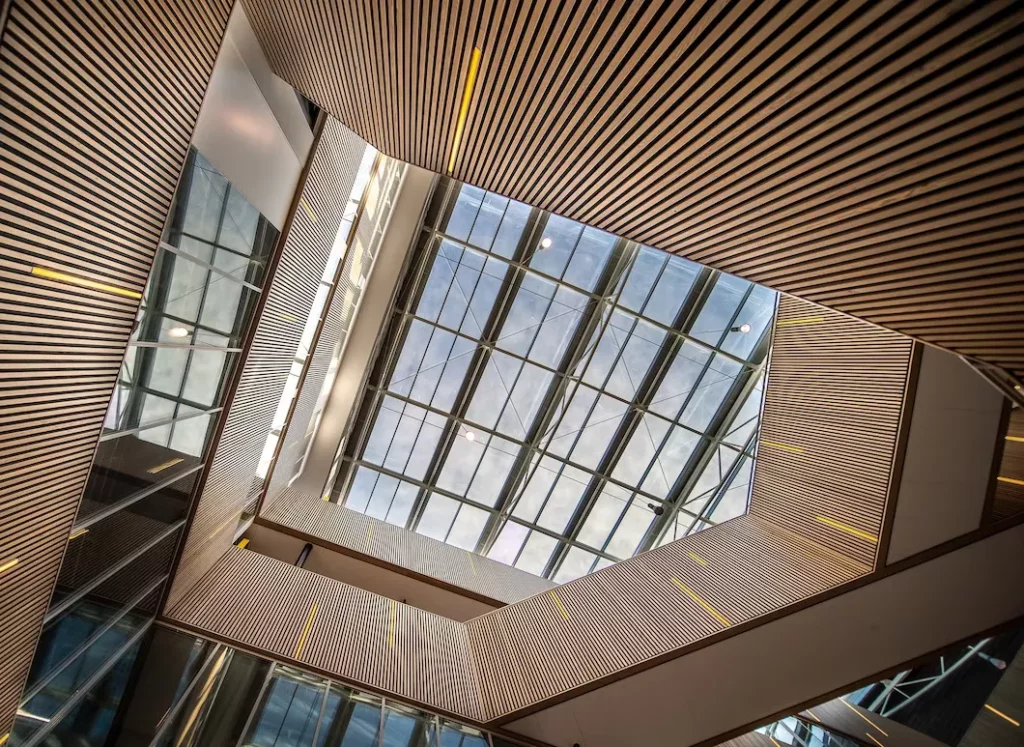The world of architecture is constantly evolving, and the year 2023 is no exception. This year has marked a milestone in the history of architecture, with a combination of technological innovation and a renewed focus on sustainability leading to bold and revolutionary designs around the world. In this article, we will explore some of the most prominent trends that have defined architecture in 2023.
Sustainability
One of the most prominent themes in architecture in 2023 is sustainability. Architects and designers around the world are taking more environmentally responsible approaches to their projects. Green buildings, which incorporate technologies such as solar panels, water recycling systems and sustainable building materials, are becoming more common. LEED (Leadership in Energy and Environmental Design) certification has become essential for many projects, demonstrating a genuine commitment to reducing the carbon footprint of construction.
Bioclimatic Design
Bioclimatic design, which relies on local climatic conditions to optimize a building's energy efficiency, has gained ground. Architects are carefully considering the orientation of buildings, natural ventilation, the use of adequate shading and choosing materials that suit local conditions. This not only reduces energy consumption, but also creates more comfortable and healthier spaces for occupants.
Buildings, Smart Cities
Technology has transformed the way we design and experience buildings and cities. In 2023, smart buildings are the norm, equipped with sensors that automatically monitor and adjust lighting, temperature and other systems to improve efficiency and comfort. Additionally, smart cities use real-time data collection to manage traffic, energy, and other resources more effectively.
Organic and Bionic Architecture
Architecture has become increasingly inspired by nature in 2023. Organic and bionic design seeks to imitate natural forms and processes to create more efficient and aesthetic structures. This manifests itself in buildings with fluid, curved shapes reminiscent of plants and animals, as well as in materials that self-heal or adapt to changing conditions.
Creative Use of Space and Verticality
In an increasingly populated world, space is a valuable resource. Architecture in 2023 has embraced verticality, with innovative skyscrapers and high-rise construction projects that seek to make the most of available space. Underground spaces are also being used creatively to house commercial, transport and leisure facilities.
Conclusion
The year 2023 has seen an exciting renaissance in architecture, driven by sustainability, technology and creativity. Architects and designers are working tirelessly to address the challenges of the 21st century and create more sustainable, functional and aesthetically stunning environments for all. As we move forward into this new era of architecture, we can expect to see even more innovation and advancements in the years to come. The architecture of 2023 is a reflection of our ability to adapt and evolve in a constantly changing world.
